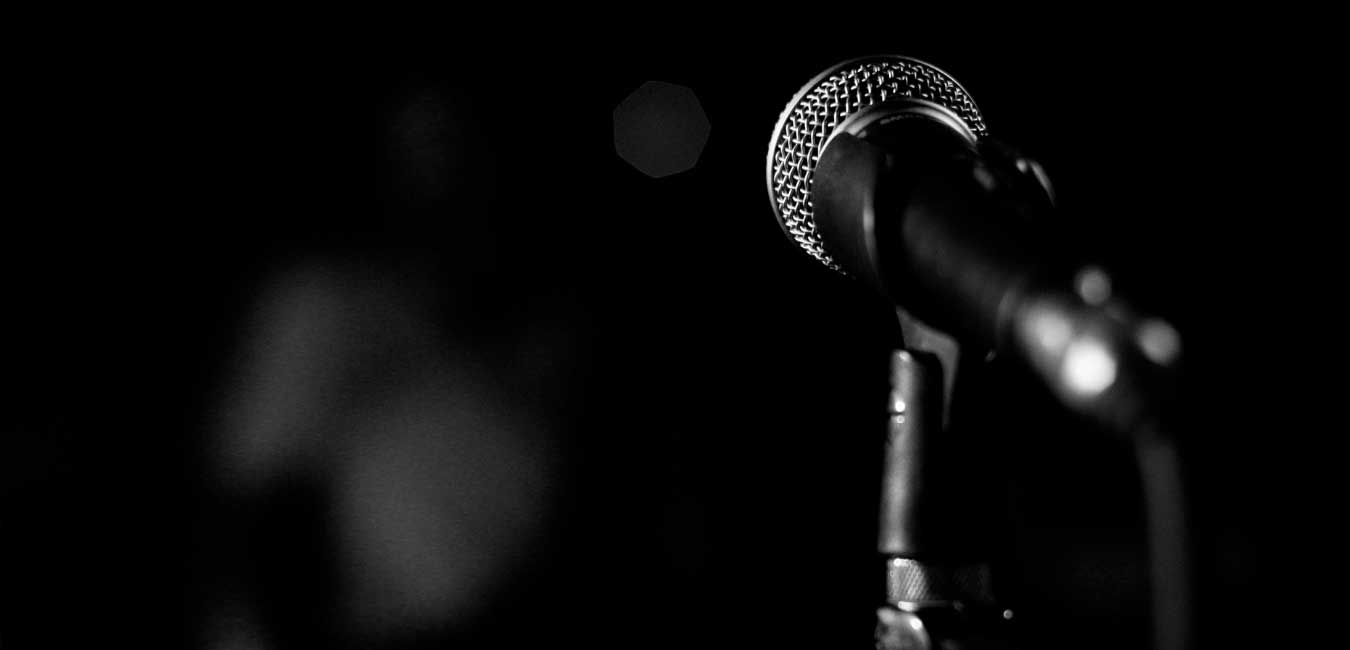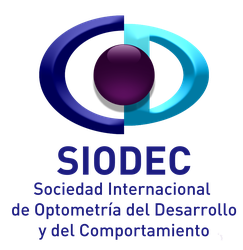General information
The authors who submit their proposals must be registered as participants and attend the conference.
The submitted proposals must be original and not have been presented at any other congress prior to the IX Congress of SIODERV. However, at the discretion of the Scientific Committee, previously presented or published communications may be accepted exceptionally if their relevance justifies it. It will be the responsibility of the main author to declare the status of the contents of their abstract in this regard.
In the abstract, no information about the authors or participating institutions should appear. Proposals in which authors or institutions can be identified in the abstract text will not be accepted.
An author may submit up to two proposals, choosing between a free oral conference or a poster, but if both are free oral conferences, only one of them will be accepted. Additionally, they may appear as a co-author on as many proposals as they wish.
The summaries of the proposals must be submitted in Spanish or English (if it is the native language).
Communications should not announce or promote products or corporate interests.
The authors of the accepted proposals must make a declaration of conflict of interest (financial relationship with the industry, academic competition, products or techniques described in the study, etc.) whether or not there is one.
The email address of the main author will be the one used by the Congress organization to stay in contact.
The acceptance of a communication proposal does not exempt its authors from the registration fees for the IX Congress; however, they will be granted a discount on the total registration fee for the Congress:
- Main author of a free conference: 20% discount on the congress registration fee.
- Lead author of poster presentation: 10% discount on the congress registration fee.
The discount will not be cumulative with other discounts.
Guidelines for Writing Summaries
The abstracts of the proposals for free communications or posters must follow the established format. Those that do not comply with the described rules may be rejected by the Scientific Committee.
The deadline for submitting the abstracts will open on March 10, 2025.
The proposals must be included in the following categories:
- Research papers;
- Clinical cases;
- Diagnostic techniques;
- Therapeutic procedures;
- Bibliographic conferences.
Structure of the summary according to the category
Research papers:
- Background and objectives.
- Materials and methods.
- Results.
- Conclusions and discussion.
- Bibliography (should not be included in the summary but must appear in the presentation).
Clinical cases:
- Anamnesis.
- Clinical data and diagnosis.
- Treatment.
Diagnostic techniques or therapeutic procedures:
- Description of the procedure and its applications.
- Features that make them innovative or of interest.
Bibliographic conferences:
- Clear and concrete topic.
- Description.
- Bibliography (should not be included in the summary but must appear in the presentation).
Summary Preparation Format
The summary will be written for presentation in PDF or Word format. Its length will be limited to 250 words and the font used will be Arial in size 12.
In the abstract, no information about the authors or participating institutions should appear. Proposals in which authors or institutions can be identified in the abstract text will not be accepted.
Summary Presentation
The summaries of the proposals will be submitted by filling out the web form found at the following link:
In the web form, the following sections must be completed:
- Contact information of the main author;
- Proposal format: free conference or poster.
- Title: limited to 20 words.
- Summary: it will be attached in the section created for it in PDF or Word format.
Deadlines
The deadline for submitting abstracts for free communications and posters opens on March 10, 2025.
The abstracts for communications must be submitted before the deadline, set for April 28, 2025.
On May 19, 2025, the acceptance or non-acceptance of the proposals will be notified. The resolutions may be as follows:
Acceptance of the proposal.
- No acceptance of the proposal.
- Acceptance of the Posters with the condition of corrections of errors detected by the Scientific Committee.
- Suggestion to convert the free communication to poster format.
If the resolution is conditional acceptance with corrections, or the suggestion to convert the free communication to poster format, the author will have a maximum of 15 days to respond to this notification.
The deadline for the submission of final documents for free communications and posters is set for September 10, 2025.
Selection Process
The criteria to consider when evaluating and selecting proposals will take into account the following qualities:
- Scientific and clinical quality.
- Interest for the attendees of the congress.
- Type of theme.
The selection process has been designed to be rigorous and neutral.
At first, three evaluators will read, score, and provide comments and suggestions on each summary, ensuring a triple expert opinion on each of the proposals.
After this first phase, each proposal will have been evaluated quantitatively and qualitatively up to a maximum of 3 times.
With this data, the Scientific Committee will conduct a final fourth screening based on its own criteria and that of the three previous evaluators.
With this system, a quadruple review of each summary is guaranteed.
It is very important to note that the entire process is anonymous; neither the reviewers nor the members of the Scientific Committee have access to the authors' data.
Information about free conferences and posters
Information about the free conferences:
The presentations will be made before the full Congress and must last 20 minutes.
The cover of the presentation will be provided by SIODERV, so that all presentations maintain the aesthetic of the Congress. Following it, the first slide must explicitly state whether there is a conflict of interest or not. If there is, it must be explained in detail. Presentations that do not meet this requirement will not be accepted.
In order to avoid the commercial focus of the free conferences, the use of company logos in the conference presentations is prohibited.
Only in the case of sudden and unforeseen events, the author may delegate the presentation during the IX Congress to another co-author, after prior written communication to the Scientific Committee and the corresponding authorization.
During the free conference, the speaker must adhere to the content accepted by the Scientific Committee. If a topic different from the one initially proposed is presented, the Congress management will have the full right to stop the conference and to impose appropriate sanctions for future congresses.
The main author is responsible for all statements made in their work, both by themselves and by the co-authors.
The digital document with the conference presentation will be sent in an editable format to facilitate its translation.
Once the proposal is approved, authors will be asked for audiovisual material related to their work for inclusion in the Congress's dissemination supports.
In addition, in the weeks leading up to the event, you may be asked to record a short video for social media, aimed at giving visibility to your conference and contributing to the promotion of the Congress. This content will help generate interest among attendees, bring the theme of the presentation closer to the audience, and enhance interaction before the event.
Guidelines will be provided for the recording, ensuring that the message is clear, engaging, and aligned with the Congress's communication.
During the congress, photos and videos will be taken of the free conferences, and authors will be asked to participate in an interview.
Information about the posters:
The main author is responsible for the content. Any changes in the final version regarding the submitted abstract and the final design approved by the Scientific Committee may result in the poster not being displayed.
The posters will be displayed in a prominent space within the Congress venue, either in printed or digital format, depending on the modality determined by the organization.
If you choose to print, the organization will take care of its production and installation in the exhibition area before the Congress opens. If presented in digital format, the posters will be displayed on a video wall in an area designated for viewing.
In addition, each author will have a specific slot in the Congress hall to present their poster and answer questions from attendees. Details about the final format, schedule, and logistics of the exhibition will be communicated to the authors in advance.
The author may distribute versions of their poster in DIN A4 size or similar among attendees visiting the poster area of the Congress.
Once the proposal is approved, authors will be asked for audiovisual material related to their work for inclusion in the Congress's dissemination supports.
In addition, in the weeks leading up to the event, you may be asked to record a short video for social media, aimed at giving visibility to your poster and contributing to the promotion of the Congress. This content will help generate interest among attendees, bring the theme of the presentation closer to the audience, and enhance interaction before the event.
Guidelines will be provided for the recording, ensuring that the message is clear, engaging, and aligned with the Congress's communication.
During the congress, photos and videos will be taken of the free conferences, and authors will be asked to participate in an interview.
Awards
To continue promoting participation, continuous learning, and the growth of our profession, SIODERV will award two prizes in recognition of the best scientific contributions of the Congress:
- Best free conference: The author will receive a free registration for the next SIODERV Congress.
- Best poster: The author will be awarded a 50% discount on the registration for the next SIODERV Congress.
The selection of the winning works will be determined by a vote of the attendees at the Congress.

